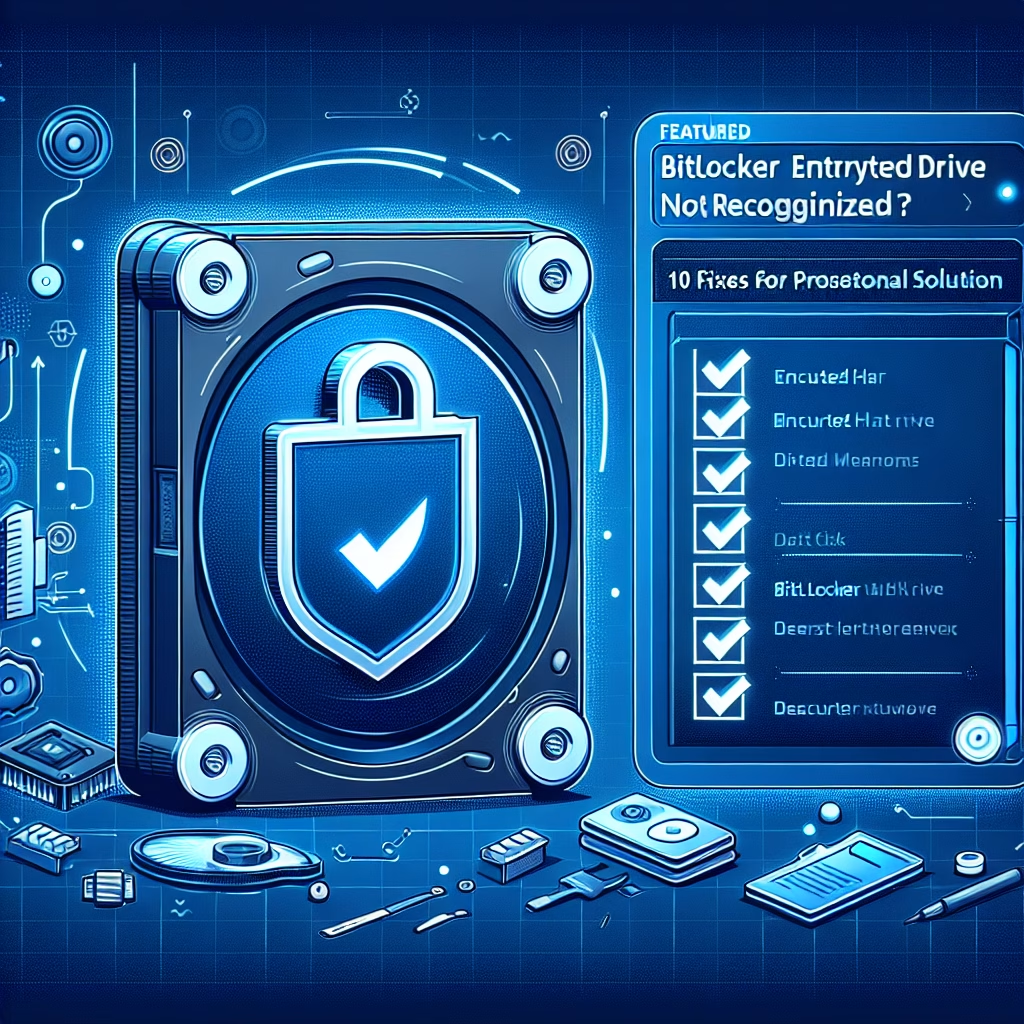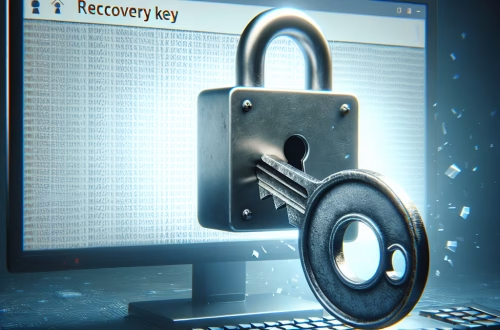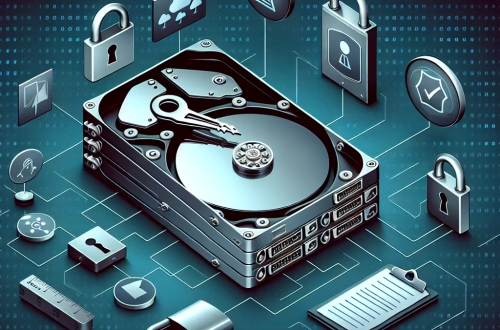BitLocker Encrypted Drive Not Recognized
Summary:
A BitLocker-encrypted drive not being recognized is a common issue where Windows fails to detect or access a drive protected by BitLocker encryption. This can occur due to corrupted encryption metadata, incorrect system configurations, TPM (Trusted Platform Module) malfunctions, or hardware compatibility issues. The problem often arises after a system update, BIOS/UEFI change, or when connecting the drive to a different computer. Technically, it disrupts the secure authentication chain between the drive, TPM, and the operating system, preventing data access despite encryption being intact.
What This Means for You:
- Immediate Impact: You cannot access critical files stored on the encrypted drive, halting productivity and potentially disrupting workflows.
- Data Accessibility & Security: While your data remains secure, recovery requires the correct BitLocker recovery key or administrative intervention.
- System Functionality & Recovery: Resolving this issue may involve BIOS adjustments, TPM resets, or manual recovery key entry—make sure you have the key handy.
- Future Outlook & Prevention Warning: Always back up your recovery key and verify system updates or hardware changes to prevent recurrence.
Explained: BitLocker Encrypted Drive Not Recognized
Solution 1: Resetting the TPM
If BitLocker is tied to the TPM and the drive isn’t recognized, the TPM may need resetting. This clears stored encryption keys, requiring a recovery key for access. Open the TPM Management Console (tpm.msc) and select “Clear TPM” under Actions. Reboot and re-enable BitLocker. Note: This disrupts other TPM-dependent services like Windows Hello.
Alternatively, restart and enter BIOS/UEFI settings to disable and re-enable the TPM. Some systems may require a TPM firmware update from the manufacturer.
Solution 2: Using the Recovery Key
If the drive is detected but locked, manually enter the 48-digit BitLocker recovery key when prompted. Locate the key via:
- Microsoft Account (if synced)
- Active Directory (for enterprise environments)
- A printed/USB-stored copy
In Windows Recovery Environment (WinRE), use manage-bde -unlock X: -RecoveryKey [key] (replace X with the drive letter). If the partition is corrupt, use repair-bde with the recovery key.
Solution 3: Advanced Troubleshooting
Check disk integrity via Command Prompt (chkdsk X: /f). If the drive is visible in diskpart but not File Explorer, assign a drive letter manually:
diskpart
list volume
select volume [number]
assign letter=YFor corrupted metadata, rebuild the Boot Configuration Data (BCD) with:
bootrec /rebuildbcd.
Solution 4: Data Recovery Options
If the drive remains inaccessible, use tools like Windows PE or third-party utilities (e.g., Elcomsoft Explorer for BitLocker) to extract data with the recovery key. For permanently damaged drives, professional data recovery services may be required—ensure they support BitLocker.
People Also Ask About:
- Why does my BitLocker drive suddenly not work after an update? Updates can reset TPM or modify bootloader settings, breaking BitLocker authentication.
- Can I recover data without the recovery key? No—the key is essential for decrypting the drive.
- How do I know if my TPM is causing the issue? Check Event Viewer for TPM errors or use
tpm.mscto verify status. - Does connecting to another PC unlock the drive? Only if the new PC’s TPM supports the same encryption chain or you manually enter the recovery key.
Other Resources:
- Microsoft Docs: BitLocker Recovery Guide
- NIST SP 800-111: Storage Encryption Best Practices
Suggested Protections:
- Store the recovery key in multiple secure locations (e.g., Microsoft Account, printed copy).
- Test drive accessibility after major system updates or hardware changes.
- Enable BitLocker network unlock for enterprise environments.
- Regularly update TPM firmware and BIOS/UEFI.
- Monitor Event Viewer logs for early warnings of encryption issues.
Expert Opinion:
BitLocker’s reliance on TPM and hardware-specific configurations makes it robust but prone to recognition issues during system changes. Enterprises should prioritize centralized key management (e.g., MBAM) to mitigate access risks, while individuals must treat recovery keys as critically as passwords.
Related Key Terms:
- BitLocker recovery key
- TPM reset
- Windows disk encryption
- Manage-bde command
- BIOS/UEFI compatibility
*Featured image sourced by DallE-3





